6 extreme sound design ideas
Get extreme with feedback loops, distortion chaining and misused convolution reverb
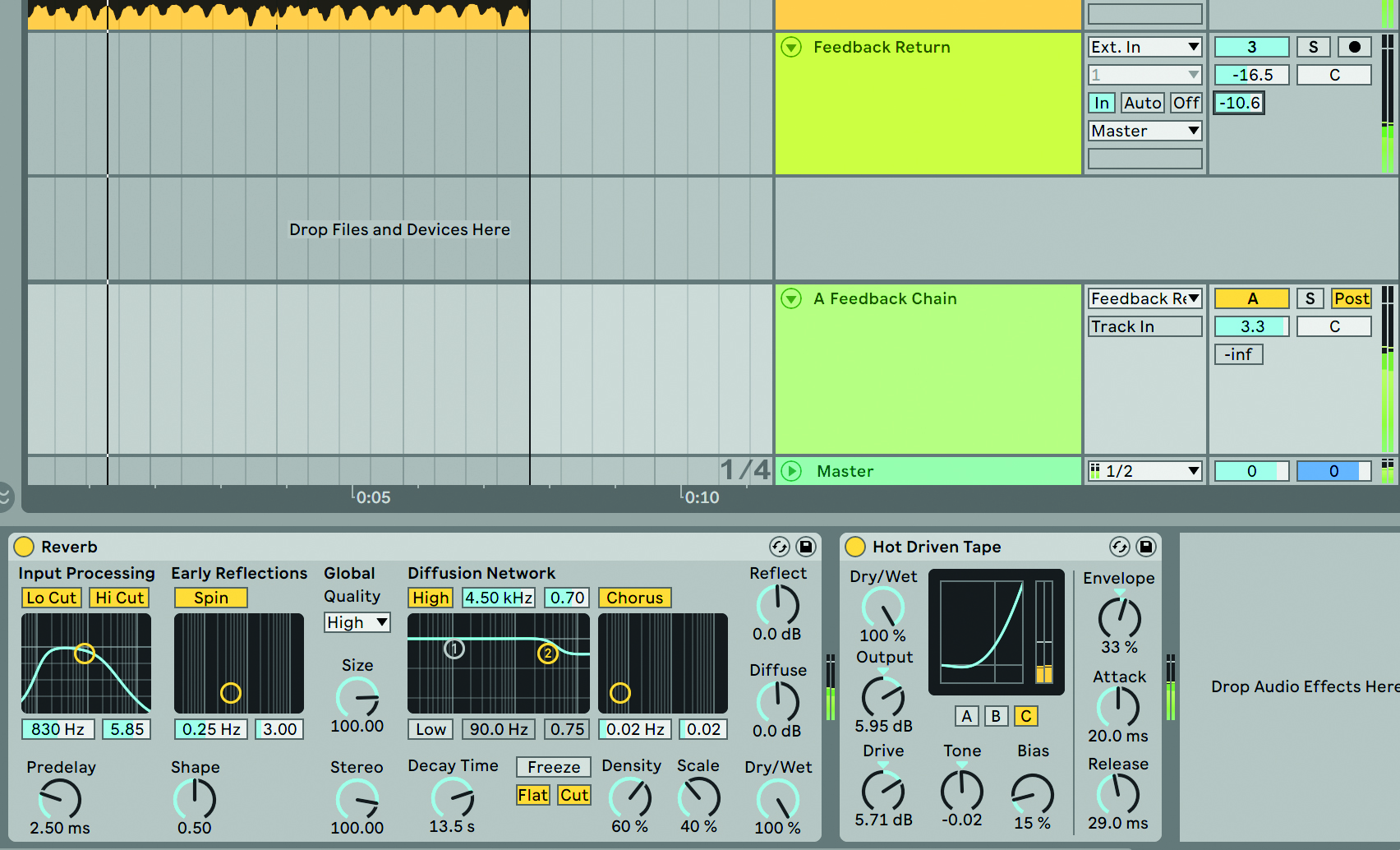
Sometimes using the right things the wrong way can yield fascinating results. Try out some of the extreme techniques below to produce some experimental sounds that just might surprise you...
1. Stack your distortions
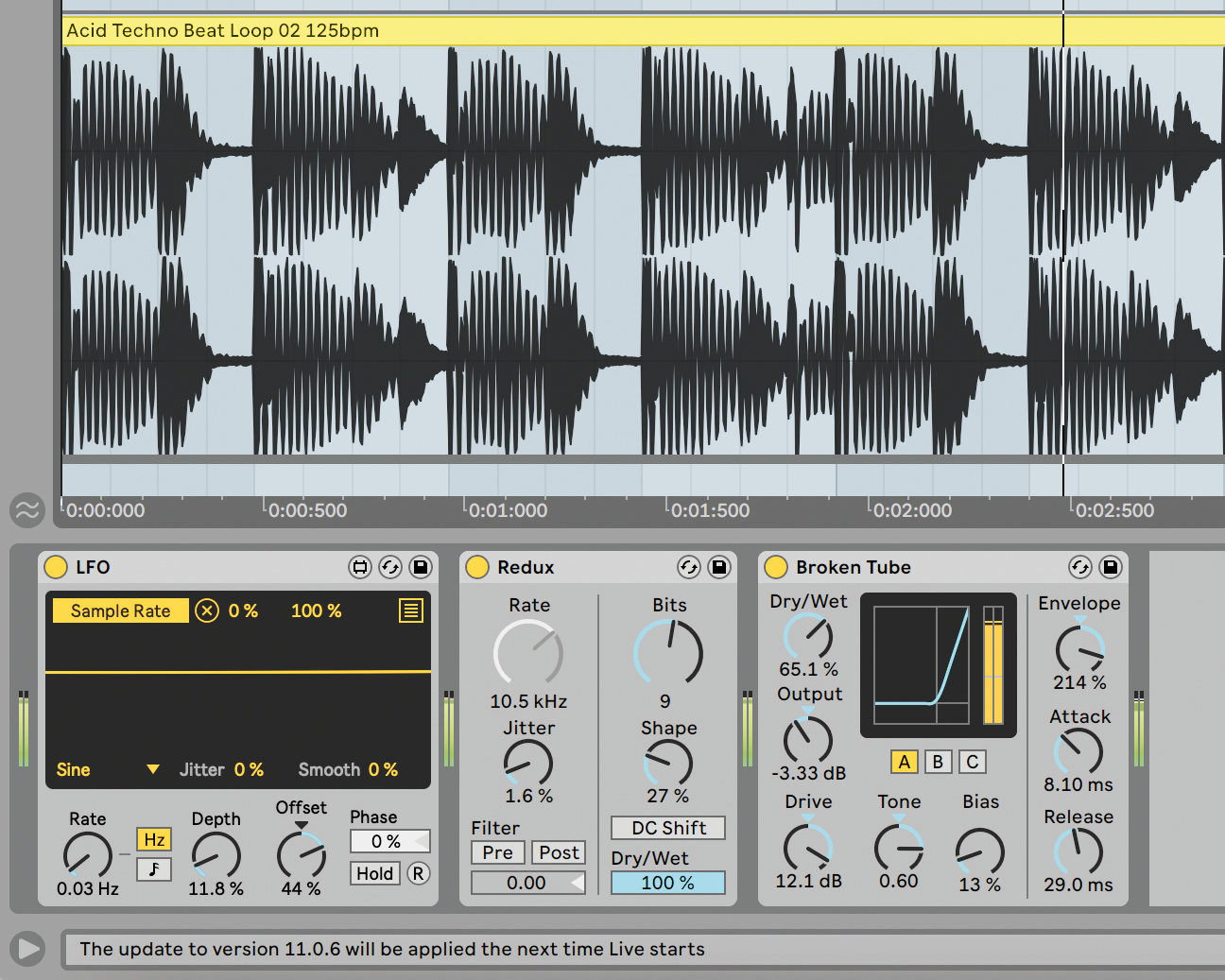
As highlighted earlier in this feature, distortion comes in a variety of styles that can have vastly different effects on a sound. Not only should you explore different distortion approaches, but don’t feel limited to using just one.
Chaining different distortion plugins can be a unique way to change the tone of a sound – try pairing digital crushing and analogue drive, for instance. Then modulate parameters of each effect to see how the combination can change over time.
2. Processed reverbs
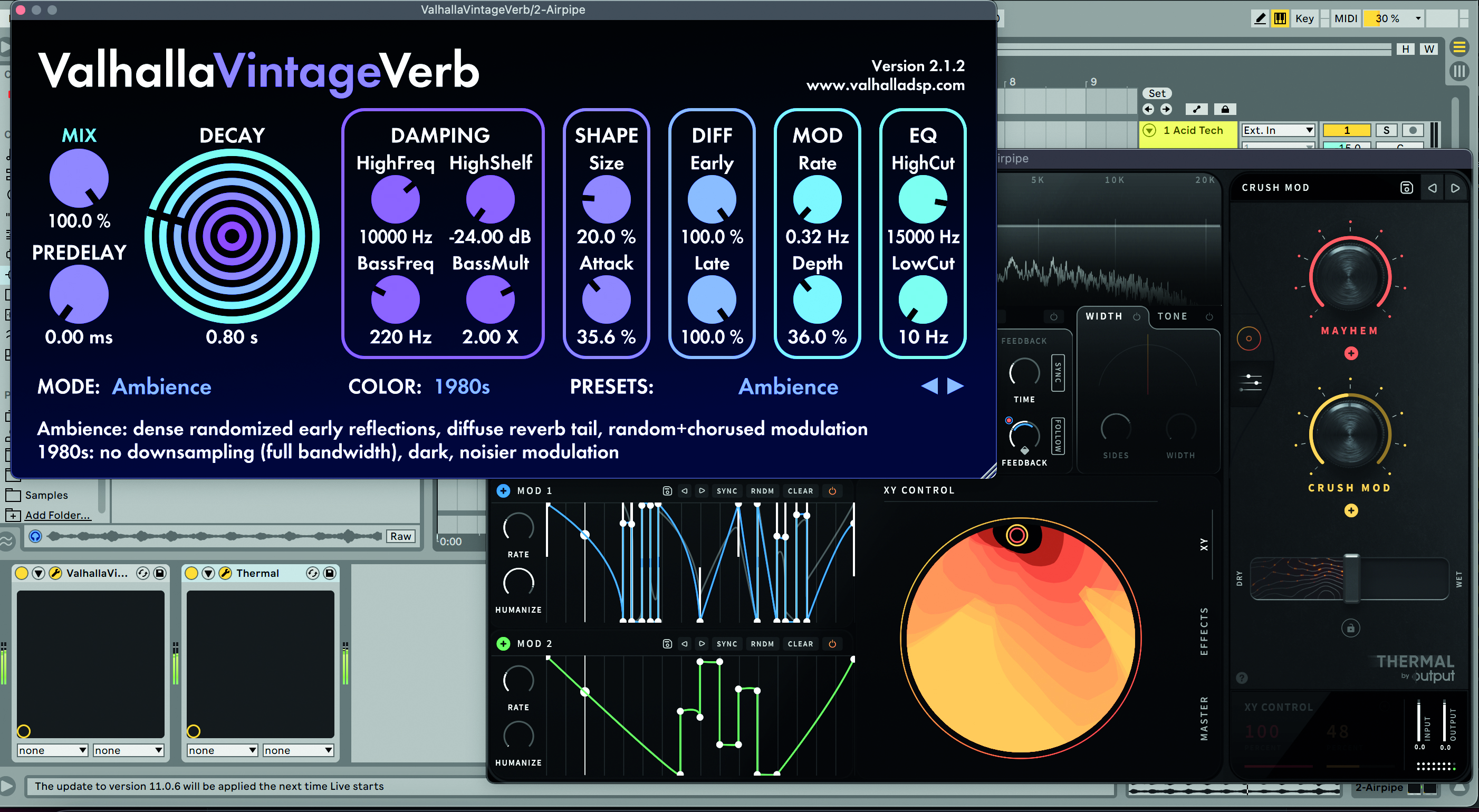
Since reverb is designed to replicate a ‘space’ in which for sounds to sit, it naturally makes sense to have it as one of the last effects in a chain. However, applying creative processors after a reverb can sound brilliantly odd.
Distortion is great for creating a squashed, gritty reverb tail, and extreme pumping compression can work well too. Phasers, flangers and chorus effects can sound nicely unnatural after reverb too, particularly with both effects pushed to extremes.
3. Misused convolution
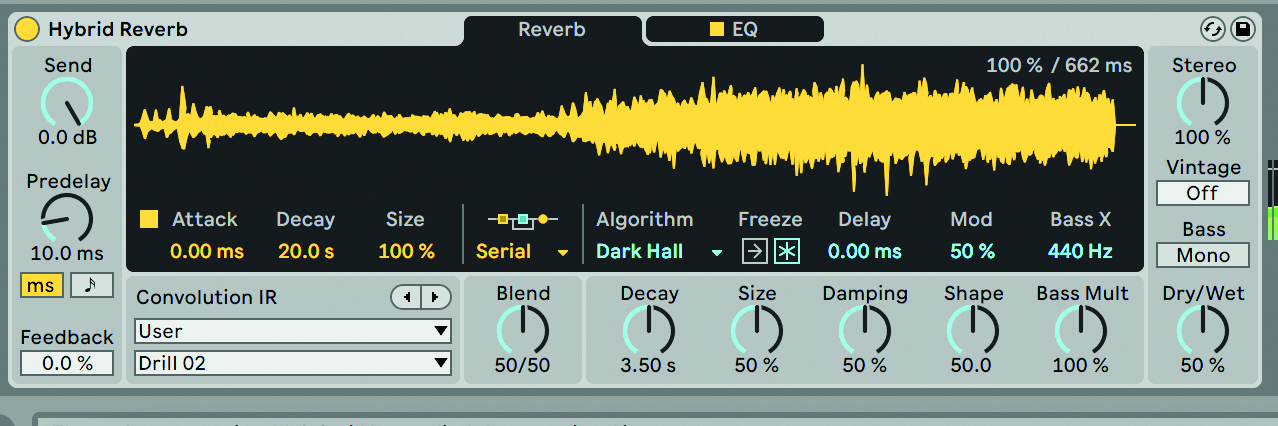
Convolution effects use impulse responses (IRs) recorded in real spaces to create incredibly authentic-sounding reverb effects. Most convolution plugins let users import sounds to use as IRs, and playing with ‘wrong’ sounds can have brilliantly creative results.
Import noise samples or sound effects like raindrops or birdsong and see how the convolution effect imparts qualities of these oddball IRs onto what you’re processing. You won’t find usable results every time, but may stumble on some gems.
Get the MusicRadar Newsletter
Want all the hottest music and gear news, reviews, deals, features and more, direct to your inbox? Sign up here.
4. Broken connections

If you’re looking to capture the sound of broken gear or create malfunction-like glitches, one – somewhat obvious – option is to go the authentic route and use some semi-broken equipment.
Cables with slightly loose connections can be great for this. A polysynth with one malfunctioning voice, for another example, can sound pleasingly Boards Of Canada-like. Alternatively, record any old, broken acoustic instruments: out of tune pianos, warped guitars or broken drum kits can be great sample sources.
5. Synthesise it!
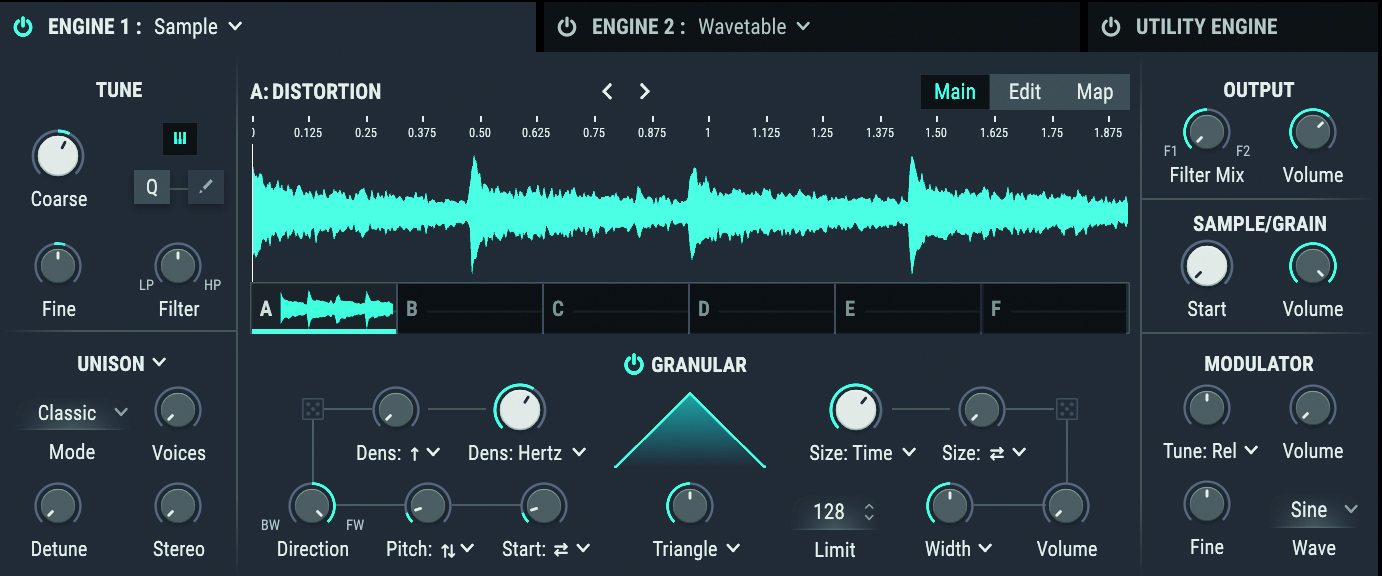
We’ve covered a variety of approaches to transforming sounds in these pages, but it’s possible to take things further still. One fun approach is to take your heavily distorted, manipulated or mangled sound and use it as the basis for a synth patch.
Modern plugins like Arturia’s Pigments or Kilohearts Phase Plant offer sampler engines allowing users to drag and drop sounds. Take that newly destroyed sound and see how it works as an oscillator or the basis of some weird FX patch.
6. Feedback loops

Feedback loops are a common element of delay plugins, but for extreme effects, create your own in your DAW. Simply route audio to an effect send, route back to a new audio track, and send audio from your new track back to the same send.
Adding creative effects like distortions or modulating filters creates wild results that quickly ramp up. Keep a limiter across the eventual output to save your speakers, and map send controls to a macro or controller to adjust the feedback.


Future Music is the number one magazine for today's producers. Packed with technique and technology we'll help you make great new music. All-access artist interviews, in-depth gear reviews, essential production tutorials and much more. Every marvellous monthly edition features reliable reviews of the latest and greatest hardware and software technology and techniques, unparalleled advice, in-depth interviews, sensational free samples and so much more to improve the experience and outcome of your music-making.








![PRS Archon Classic and Mark Tremonti MT 15 v2: the newly redesigned tube amps offer a host of new features and tones, with the Alter Bridge guitarist's new lunchbox head [right] featuring the Overdrive channel from his MT 100 head, and there's a half-power switch, too.](https://cdn.mos.cms.futurecdn.net/FD37q5pRLCQDhCpT8y94Zi.jpg)

